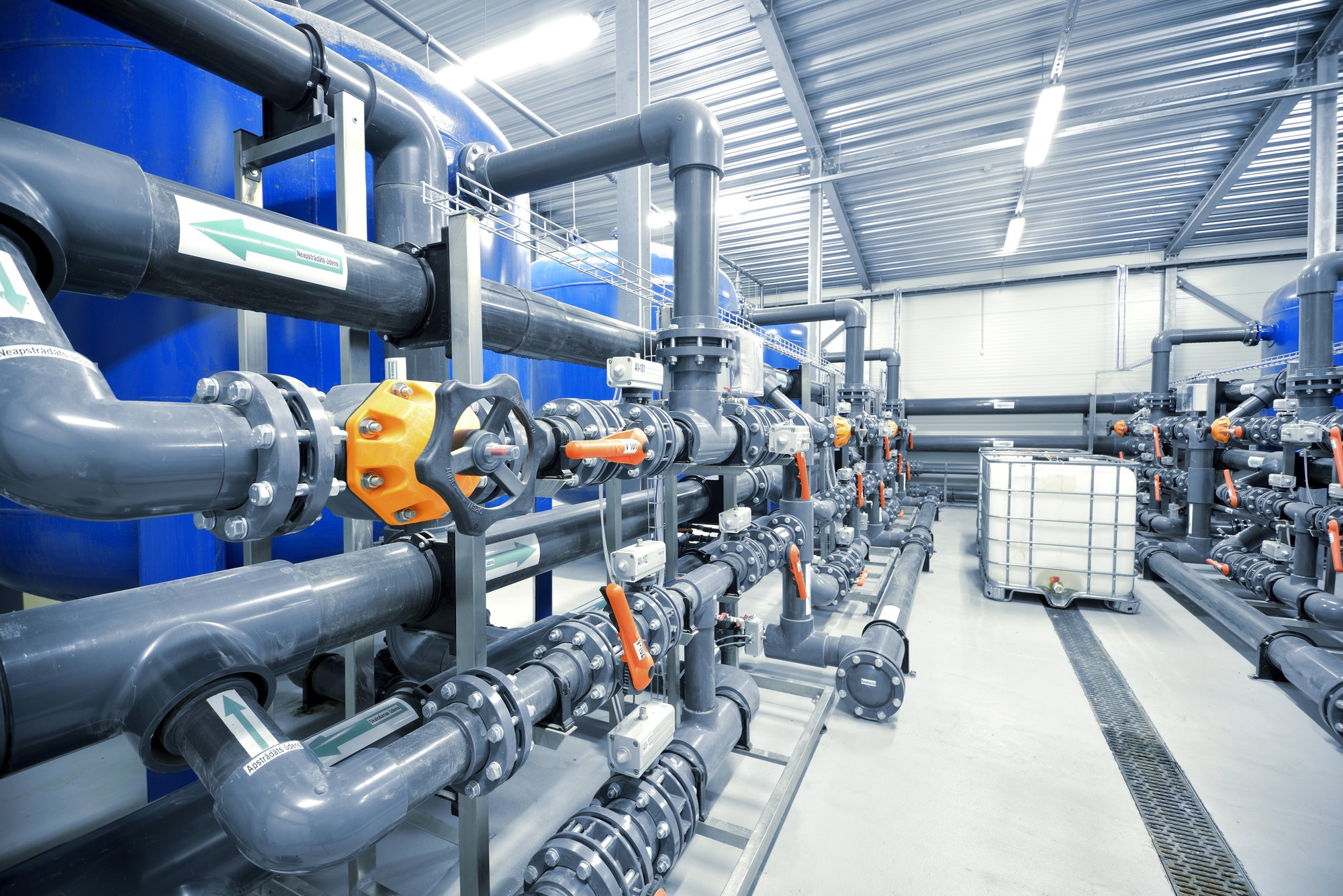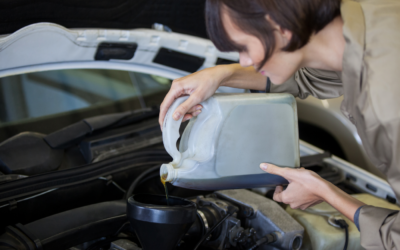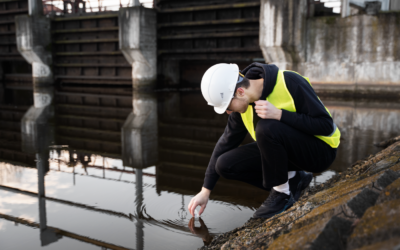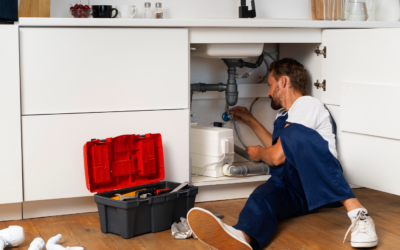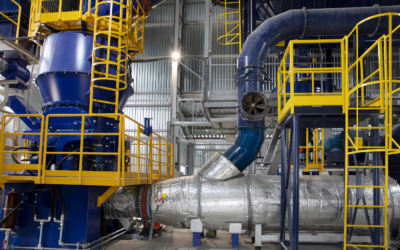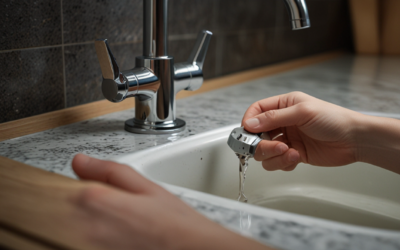A modern home necessitates optimal functioning of several systems, among which the plumbing system holds pivotal importance. From clean flowing water to efficient sewage disposal, proactive plumbing ensures a home runs seamlessly. To that end, pipe relining is emerging as a popular and revolutionary solution for various plumbing issues. This powerful strategy is not only faster and less disruptive, but also more cost-effective compared to traditional techniques.
So what is pipe relining, and why is it quickly becoming a go-to solution for homeowners and plumbing professionals? Let’s delve into the intricacies of this innovative methodology.
What is Pipe Relining?
Pipe relining is a trenchless technology, which fixes your pipes by curing them from the inside. Typically known as Cured-In-Place Pipelining (CIPP), it involves the insertion of a resin-soaked fiberglass tube into the broken pipe. The resin hardens, creating a pipe within a pipe, thus ensuring a free-flowing system without the need for extensive excavation.
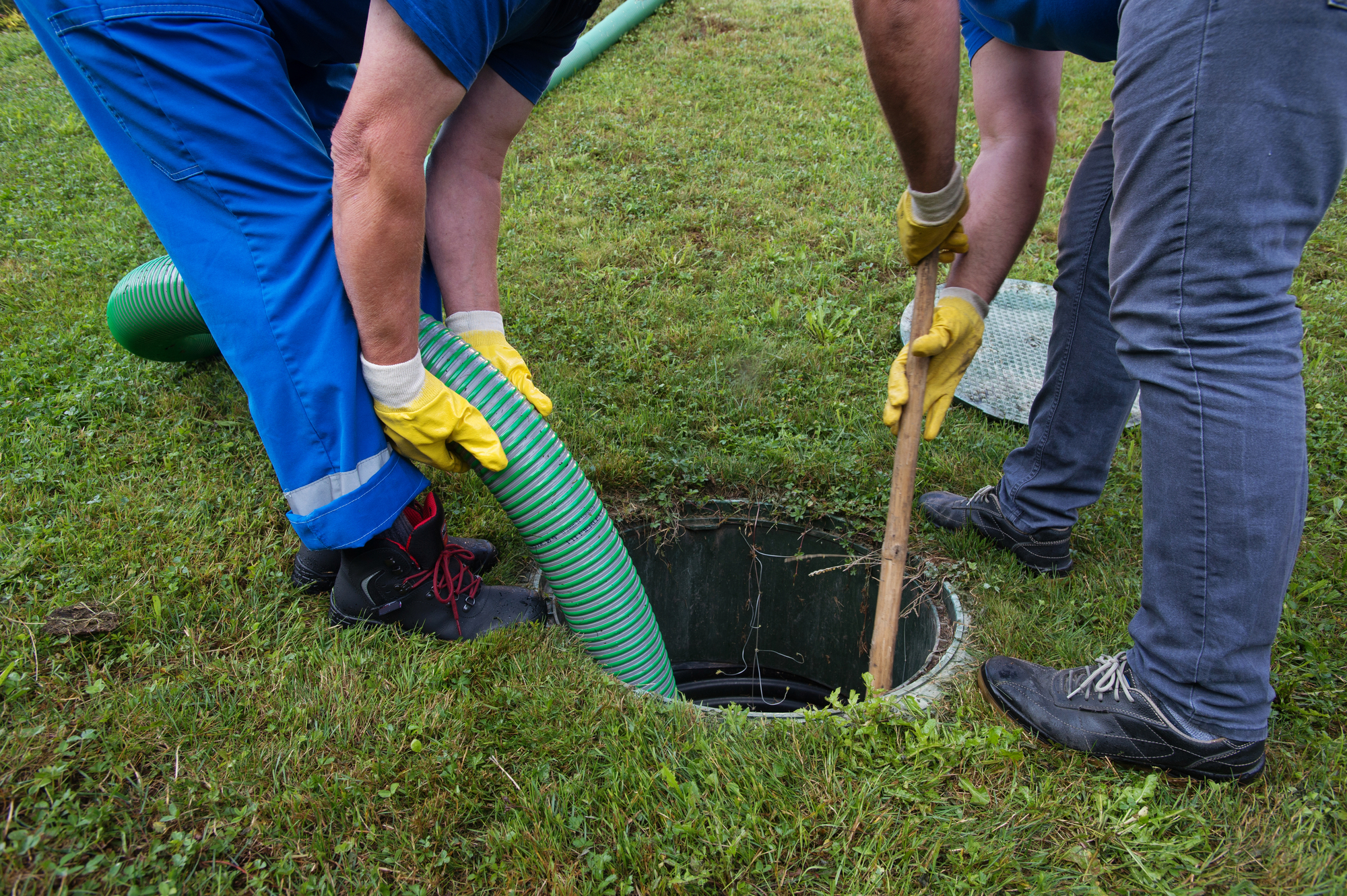
Why Choose Pipe Relining?
Transition to pipe relining yields numerous advantages over traditional plumbing techniques.
Cost-Effective – Extensive digging, excavation, and after-job site restoration can make traditional plumbing techniques expensive. Conversely, pipe relining mitigates these additional costs, offering a cost-effective solution without compromising service quality.
Increased Lifespan – Often, the resin lining is more durable than the original pipe material, extending the system’s life by a considerable margin.
Low-Disruption – This technology leaves your property intact, eliminating the need for disruptive and often destructive digging. This is a significant advantage for commercial premises where minimizing disruption is crucial.
How is Pipe Relining Done?
Pipe relining is carried out in four operational stages.
1. Inspection: The plumbers inspect the pipeline’s condition using a camera fed through the pipe. This procedure pinpoints the location and magnitude of the problem.
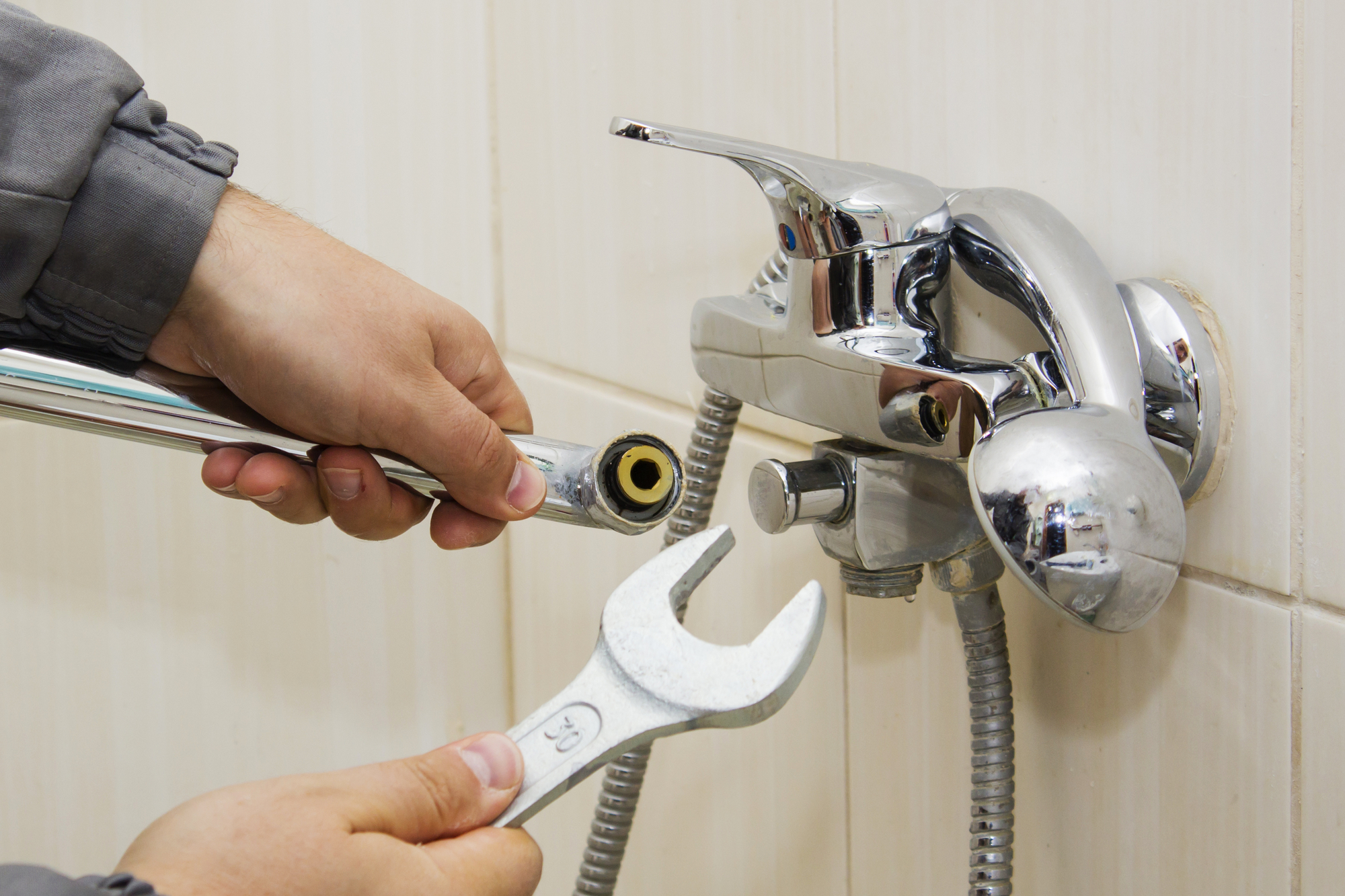
2. Cleaning: Once the issues are identified, the plumbers use hydro or mechanical jetting to clean the pipeline. This step prepares the pipe for relining.
3. Relining: The plumbers saturate a felt tube (bladder) with a two-part epoxy, which is then fed into the damaged pipe. A unique system inflates the bladder, pushing the epoxy liner to take the host pipe’s shape.
4. Curing and final inspection: Left to cure, the epoxy hardens, structurally restoring the pipe. The procedure ends with another camera inspection to ensure the task was performed correctly.
Who is Suitable for Pipe Relining?
Pipe relining is not limited to specific areas; it’s suitable for both residential and commercial properties. It’s also variable in scale. No matter how big or small your plumbing issue, pipe relining can be an excellent solution for not just repairing pipes but also strengthening them.
Key Takeaways
Owing to rapid technological advancements, plumbing solutions have revolutionized in recent years. Pipe relining stands at the forefront of this transformation, offering a non-invasive and cost-effective solution for pipe repairs.
Engaging Professional Plumbing Services
For pipe relining services, look for an experienced plumbing service that specializes in this niche technology. Ensure they are licensed, insured, and offer a full-service package, from inspection and cleaning to final checkups. Remember, your home’s plumbing system is a long-term investment that demands expertise and professional care.
So, if you’re intrigued by pipe relining’s promise of minimal disruption and maximum repair efficiency, it’s time to explore your options. With professional guidance, pipe relining could very well be the future-proof solution to your plumbing issues.

